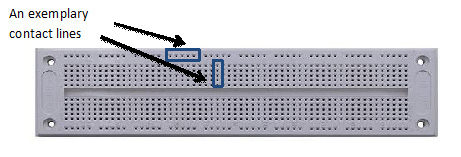| Learning Aims: |
 The pupils are to learn that muscles work by contraction and that skeletal muscles work in pairs – one contracts and one lengthens. They work opposite each other. The pupils learn that muscles are fastened to the skeleton at the joints, and learn some of the body’s muscles. They are also to learn the distinction between dynamic and static work. Finally, they are to be able to interpret data and draw conclusions. The Activity is an example of how one can work with muscles. Add other exercises you usually use in this area. The pupils are to learn that muscles work by contraction and that skeletal muscles work in pairs – one contracts and one lengthens. They work opposite each other. The pupils learn that muscles are fastened to the skeleton at the joints, and learn some of the body’s muscles. They are also to learn the distinction between dynamic and static work. Finally, they are to be able to interpret data and draw conclusions. The Activity is an example of how one can work with muscles. Add other exercises you usually use in this area. |
| Subejct: |
| Biology |
| Materials: |
| Pictures of muscles in the body, from a textbook or from the internet. |
| Suggestions for use: |
|
The pupils are to work in pairs. The task consists of three parts. Gather the pupils together after each part to discuss what they have observed and what they can learn from these observations. 1. Feel the way your muscles work 2. Which movements? The idea is that the pupils are to use their own bodies to be more conscious about it and learn how it works. They work in pairs so that they can discuss their observations. The task is not to investigate each other’s bodies. Gather all the pupils together after 15 minutes and discuss the results all together. Ask them to explain how it feels when the muscles are at work. They have almost certainly observed the movement of the tendons in the arm when they move their fingers. Compare how it feels when a muscle works statically and when it works dynamically. Discuss explanations for this. What is happening to the muscle? (There are more investigations about muscles in Activity 7) 3. Stretching When muscles are at work, they are thicker and shorter. This is why it is said to be important to stretch after training. Short muscles can lead to deformities in the body. It is also said that stretching prevents muscle pain after training. Both these ideas are disputable and there is no evidence to show that this is truly the case. The best way to avoid muscle pain after training is to warm up properly before the activity, and when finishing exercise, to stop gradually rather than stop suddenly. |